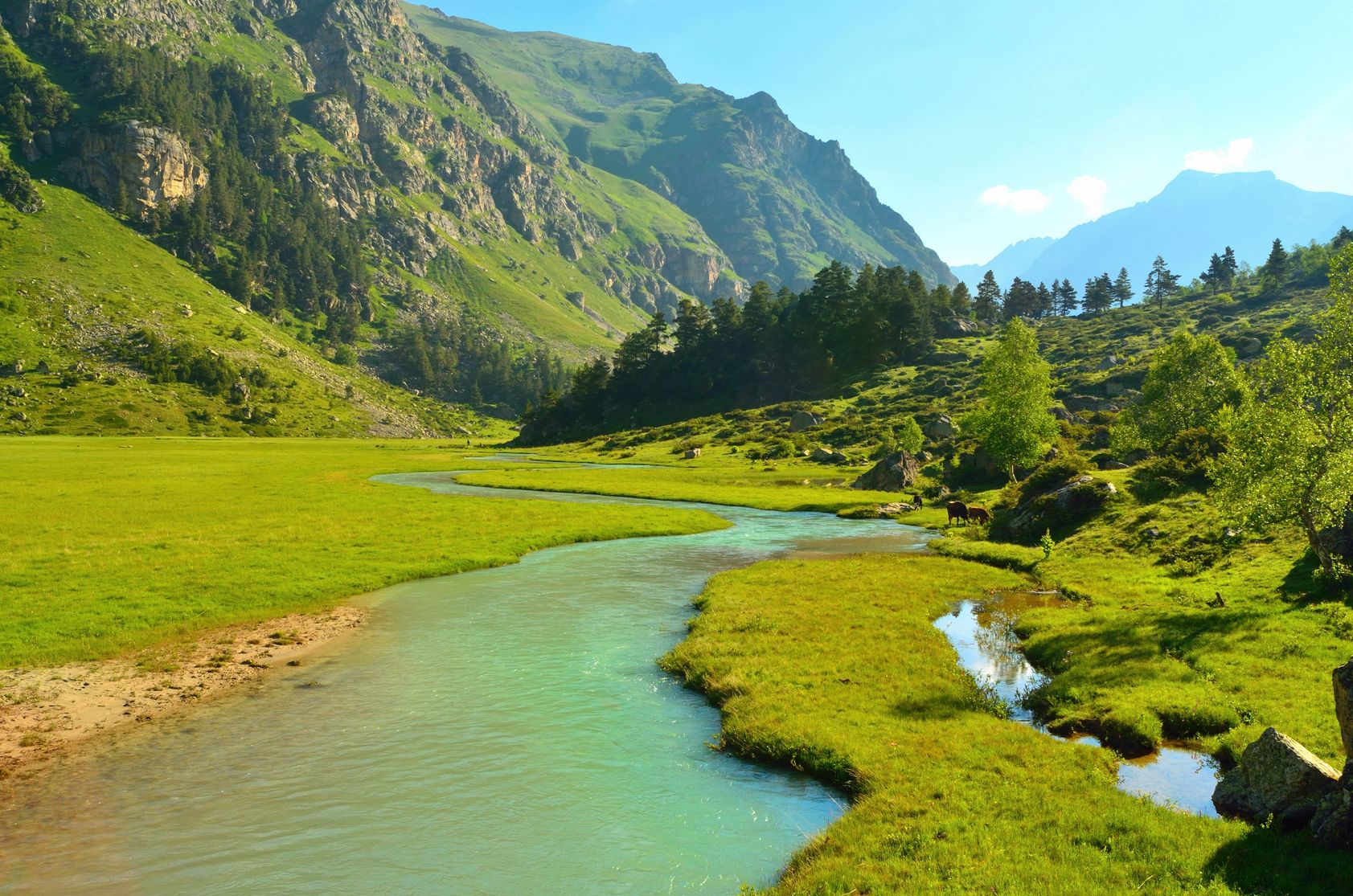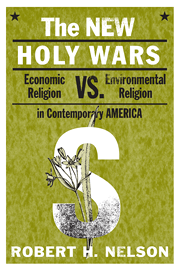The federal government owns almost half the land in the American West—even California is some 46 percent federal land. When the decision was made to keep most of this land under federal ownership and control in the early 1900s, the theory was that it would be managed more efficiently, and by the best experts. We now know otherwise: The dysfunction that characterizes so much of the federal government today extends to the public land agencies like the U. S. Forest Service and the Bureau of Land Management.
Owing to Washington’s political gridlock and bureaucratic paralysis, the right measures can rarely be passed or implemented as they are needed. By default, the federal judiciary, and not the agencies themselves, has become responsible for much of the policy making related to federal lands in the West.
In 2002, for example, the Forest Service begged for some relief from the “snail’s pace” of its procedural quagmire so it could better address threats of invasive species and wildfires, which had become a “forest health crisis of tremendous proportions.” The Forest Service report blamed the “statutory, regulatory and administrative framework” it was forced to operate under for keeping the agency from “effectively addressing rapid declines in forest health.” Mired in political dysfunction, Congress did not respond.
Meanwhile, many poorly managed western forests—clogged with small “kindling” trees and older dead trees and branches—erupted into increasingly large, environmentally damaging conflagrations, requiring billions of dollars to be spent annually on forest fire suppression. New records for total wildfire acres burned in the United States were set in 2000, 2004, 2005, 2006 and, most recently, in 2015.
Wildfire prevention is only the greatest federal management failure when it comes to public lands in the West. On most of these lands, excluding units of the national park system and public land wilderness areas, the federal government manages more ordinary uses—such as livestock grazing, timber harvesting and trails and campgrounds. Elsewhere in the U.S., state and local governments and private land owners operate with much greater flexibility and attention to local circumstances. So, one good option would be to transfer “ordinary” public lands (about 70 percent of the federal total) to the western states.
Also, I have recently proposed the creation of “charter forests” in the West, based on the model of charter schools in urban public school systems. Forests that are poorly managed at present by the Forest Service and Bureau of Land Management would be freed from their current dysfunction under centralized administration to spur more creative and locally responsive management solutions. New charter forest managers would still be held accountable for federal standards dealing with matters such as broad land use goals, performance standards and environmental quality.
Privatization of the public lands is not the answer. It would face strong opposition even from most of the westerners now unhappy about the excessive federal presence. But it is clear, the public land status quo is no longer acceptable.













